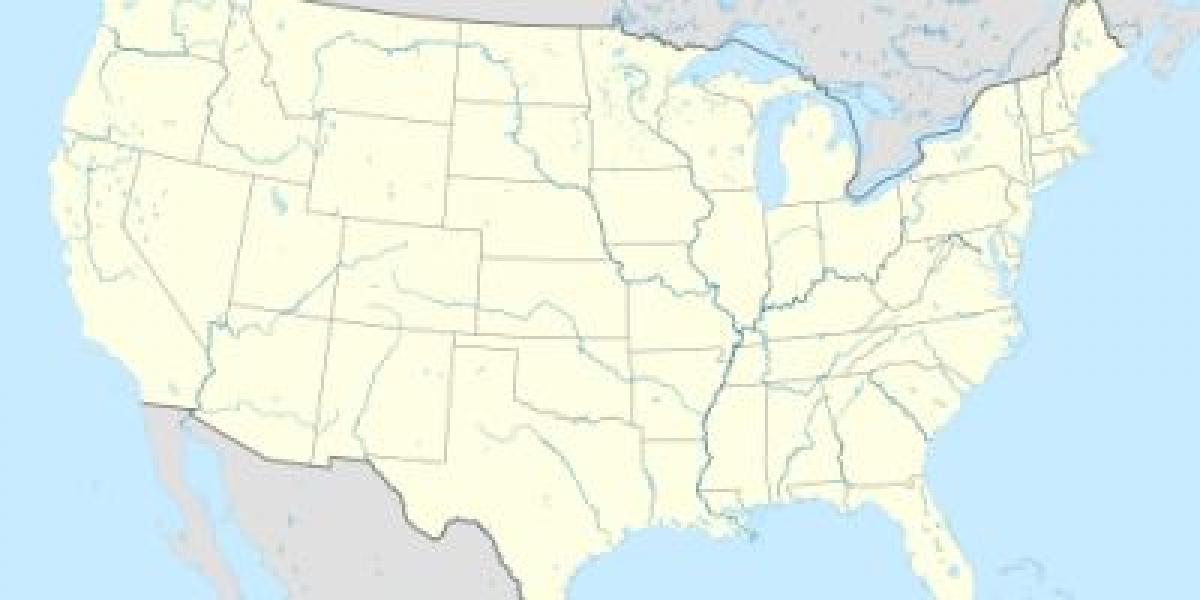Origins and Establishment
The AFL was founded in 1926 by renowned player and coach C.C. Pyle, with the intention of capitalizing on the popularity of star athlete Harold "Red" Grange. Grange, known as the "Galloping Ghost," had gained fame during his college football days at the University of Illinois and subsequent barnstorming tours across the country.
Pyle's vision for the AFL was ambitious. He aimed to create a league that could rival the established National Football League (NFL) and draw large crowds to games featuring Grange and other top players. The league was initially composed of eight teams, each strategically located in major cities across the United States.
Teams of the AFL
✦ New York Yankees: Headlined by Red Grange himself, the New York Yankees were the league's marquee franchise. Grange's star power drew significant attention and crowds, helping to boost the league's visibility.
✦ Chicago Bulls: Representing the Windy City, the Chicago Bulls were another prominent team in the AFL. They added to the league's competitive spirit and contributed to the growing popularity of professional football in the Midwest.
✦ Los Angeles Wildcats: The Wildcats brought professional football to the West Coast, showcasing the sport to new audiences in California. Their presence helped establish a foothold for football's expansion beyond traditional Eastern markets.
✦ Boston Bulldogs: Hailing from the sports-rich city of Boston, the Bulldogs contributed to the league's geographic diversity and provided local fans with a professional football team to support.
✦ Cleveland Panthers: Representing Ohio, the Cleveland Panthers added Midwestern flair to the AFL. Their games against regional rivals helped foster local rivalries and fan engagement.
✦ Detroit Panthers: Another team from the Midwest, the Detroit Panthers bolstered the league's appeal in the industrial heartland, tapping into local pride and football enthusiasm.
✦ Brooklyn Horsemen: Based in New York City, the Brooklyn Horsemen brought professional football to the borough of Brooklyn, catering to a diverse and passionate fan base.
✦ Newark Bears: Rounding out the league, the Newark Bears represented New Jersey and provided football fans across the Hudson River with a team to rally behind.
Legacy and Impact of the 1st AFL
Despite its ambitious beginnings and star-studded lineup, the AFL faced numerous challenges. Financial instability, competition with the more established NFL, and logistical issues plagued the league from the start. The AFL struggled to attract sustained fan interest and secure viable venues for its games.
Ultimately, the league folded after just one season in 1926. However, its brief existence left a lasting legacy. The AFL demonstrated the potential for professional football to capture public attention and compete on a national scale. It also paved the way for future attempts to establish rival leagues and contributed to the evolution of the sport's organizational structure and business model.
Moreover, the AFL's inclusion of star players like Red Grange highlighted the growing influence of individual athletes in shaping football's popularity and commercial appeal. Grange's involvement in the league underscored the emergence of football as a professional sport capable of producing national celebrities.
In conclusion, the first American Football League, or Red Grange League, remains a pivotal chapter in the early history of American professional football. Despite its brief lifespan, the league's formation and the teams that comprised it helped lay the groundwork for the sport's eventual rise to prominence and solidified its place in the cultural fabric of the United States.



